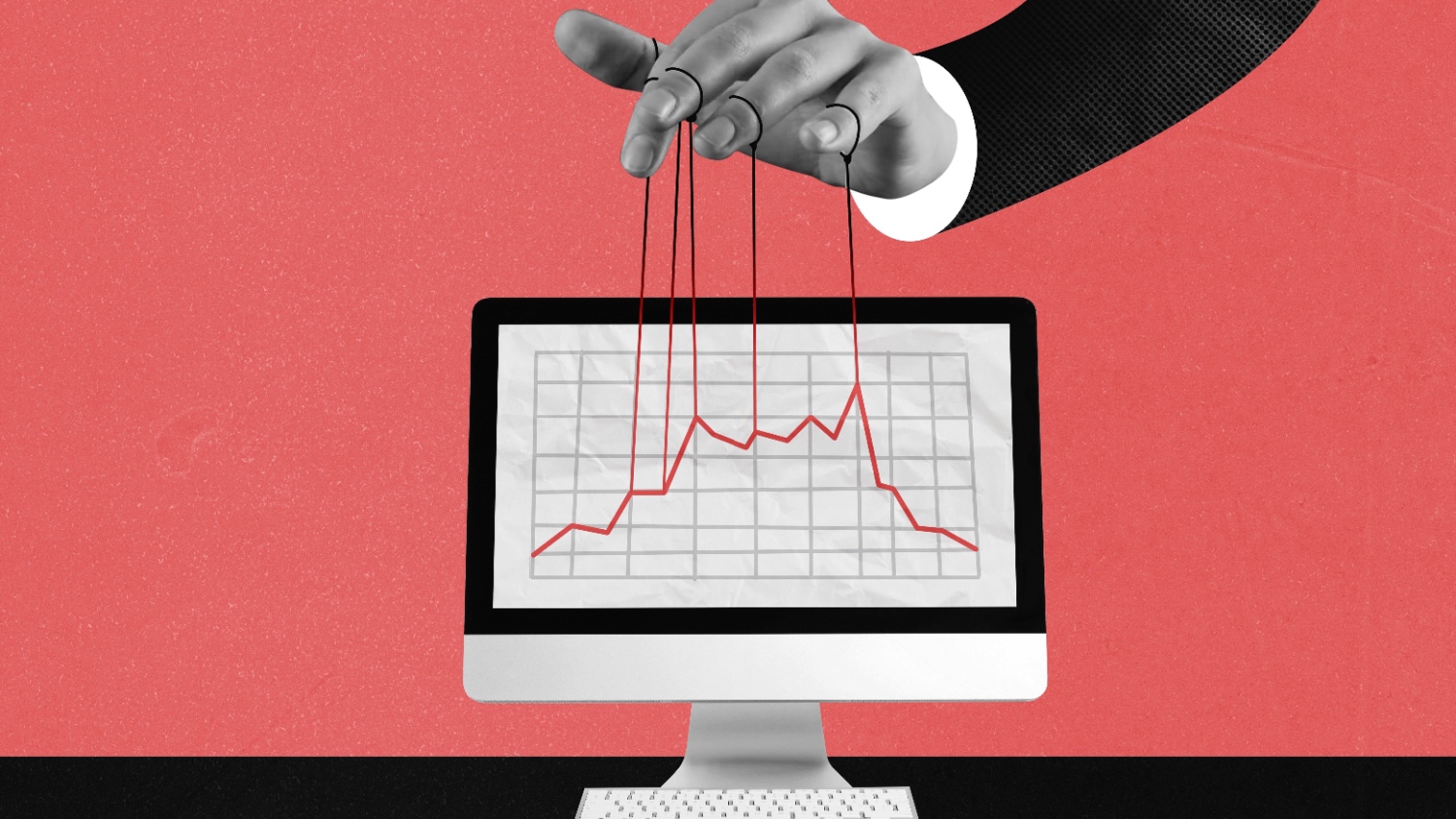Student Loan Forgiveness and Tax Implications
Associate Professors of Accounting Nathan Goldman and Christina Lewellen explain the tax and nontax provisions of the new student loan forgiveness recently announced by President Biden.

The Biden administration recently announced a multi-part plan to provide student loan repayment relief for working and middle-class Americans with student loan debt. The plan was designed to make student loan repayments less burdensome for certain taxpayers as the pandemic-related support expires.
The plan includes both a provision for the forgiveness of some amount of student loan debt for certain borrowers, as well as other provisions designed to make remaining payments less burdensome. The White House estimates that the new debt relief provisions will impact 43 million people.
Poole College associate professors of accounting Nathan Goldman and Christina Lewellen provide insight into the student loan forgiveness component of the program.
Who is eligible for Biden’s administration’s student loan forgiveness?
Importantly, only borrowers who fall below an income threshold will be eligible for student loan forgiveness. Specifically, single borrowers making less than $125,000 per year and married borrowers with a combined income of less than $250,000 may be eligible to receive up to $10,000 of their student loan borrowings forgiven per borrower. While the administration has not released the precise plan details (i.e., the exact definition of income), the Biden administration has indicated that they may base eligibility on either the 2020 or 2021 tax years.
Additionally, borrowers from lower-income families, defined as those who received Pell grants, may be eligible for an additional $10,000 in debt relief. While students can borrow money for college from various sources, the loan forgiveness will only apply to federal student loans. Therefore, students who borrowed money for college through private sources such as banks are not eligible for loan forgiveness. The plan also caps relief at the amount of outstanding debt. For example, if a borrower owes $9,000 in student loans, the provision would only allow for $9,000 of debt forgiveness. The details of other logistics of the debt relief are still being worked out. The relief appears to only be available for loans borrowed before July 1, 2022, so it only applies to existing student loan debt and does not appear to apply to future borrowings.
How do eligible borrowers receive this loan forgiveness?
Loan balances are expected to be reduced automatically for eligible borrowers where the U.S. Department of Education already has their income data. Other borrowers will have to apply for debt relief. In the coming weeks, borrowers should be able to check to see whether the U.S. Department of Education has their income data and submit an application.
What is the tax treatment of the debt relief?
Many taxpayers may not be aware that debt relief is generally treated as additional taxable income. Therefore, taxpayers with loan forgiveness can have an unexpected tax surprise at the end of the year when they file their tax return. Importantly, in this special case, the American Rescue Plan Act provides that the forgiveness of student loans will not count as additional federal income. In other words, student loan relief recipients will not receive a Federal tax bill for this situation. However, whether the debt relief is included in additional state taxable income will depend on the state’s tax laws. Borrowers should check the tax laws in their state of residence to avoid a potential tax surprise when filing their taxes.
What are the pros and cons of these student loan relief provisions?
An obvious pro of these provisions is that Americans who borrowed money to pay for college will potentially owe less money on their college loans. This debt reduction may help some people decrease their monthly payments and free up earnings to save for retirement or buying a home. In addition, due to the income caps, this program targets lower- to middle-class Americans who are more likely to face constraints due to their monthly earnings.
However, skeptics have already pointed out several drawbacks related to this relief. Of note, this money directly benefits individuals who attended college, and often, these individuals need relief less than those who do not attend college. Relatedly, some perceive these actions as punishment for those who have already paid back their student loans. Lastly, many economists question the policy implications surrounding student loan debt relief during historically high inflation.
While there are pros and cons to this significant announcement, it is important to keep the overall effects in mind. A recent analysis from Goldman Sachs suggests that “the headlines are bigger than the macroeconomic impact.” Given the uncertainty regarding many of the details in this plan and the potential for legislators to contest some or all aspects of the plan, we caution people against over-extrapolating recent events.
- Categories:
- Series:


